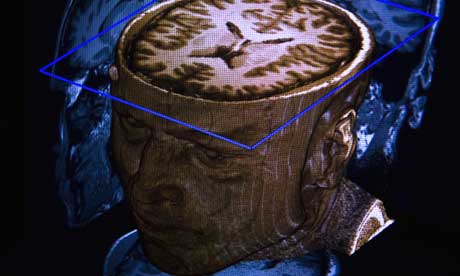 Psychologists have suggested that handwriting changes when someone is lying because the brain has to work harder to invent facts Photo: GETTY
Psychologists have suggested that handwriting changes when someone is lying because the brain has to work harder to invent facts Photo: GETTY From The Telegraph:
How you write can indicate whether you’re a liar, scientists in Haifa, Israel, have discovered.
Instead of analysing body language or eye movement, to catch out people telling fibs, people’s handwriting can instead give them away.
While stressing the research was in the early stages, scientists say it could one day help validate loan application or even insurance claims.
Read more ....


















